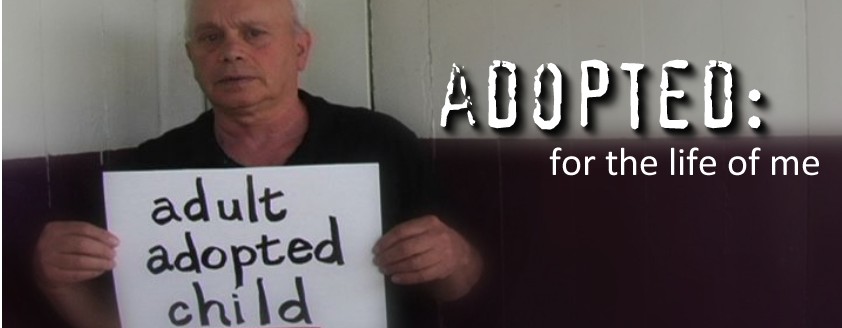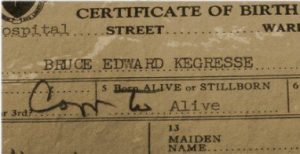

Unsealing the records does not mean that they will be made public. The adopted citizen is the only person who will have access to the record.
The history of how records were sealed was magnificently examined by legal scholar Elizabeth Samuels. To read a summary or her full work, visit:
The Idea of Adoption: An Inquiry Into the History of Adult Adoptee Access to Birth Records
Rutgers Law Review, Vol. 53
How Adoption in America Grew Secret: Birth Records Weren’t Closed for the Reason You Might Think
Washington Post
The Strange History of Adult Adoptee Access to Original Birth Records
Adoption Quarterly, Vol. 5
In addition, there are two other books which explain the history of two specific states: Tennessee and California.
The Baby Thief: The Untold Story of Georgia Tann, the Baby Seller Who Corrupted Adoption,
by Barbara Bisantz Raymond
The Donaldson Report

Help support the production of our third feature film on adoptee access which will focus on the 37 year effort in New Jersey. Every dollar donated goes directly to support equipment, travel, and outreach. No funds are used for salary or overhead. You can join our effort today by clicking on the ‘Donate’ button below.